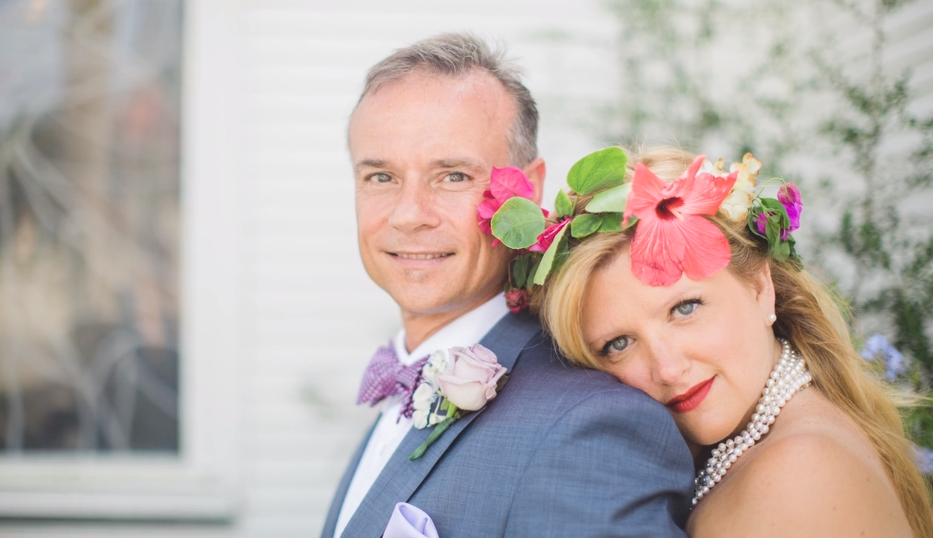
Kelly Rader-Murphy
Finding a Garden of Growth: Kelly’s Story
Kelly Rader-Murphy relishes her active, busy lifestyle.
“I have a rather large family,” Kelly said. “My husband, Tom, and I have six kids. We both work and coach volleyball and try to get in a couple of vacations a year. We do all the normal stuff that families do.”
So when a cancer diagnosis threatened to disrupt the things that mattered most, Kelly was determined to be her best advocate.
Thanks to a talented team of doctors and an innovative medical technology, Kelly got her “more” with and has been living cancer free for the past three years.
A Tough Diagnosis
Kelly’s journey with cancer began on a day like any other, in the kitchen cleaning up for the day.
“I was unloading my dishwasher, and I had left the upper cabinet door open,” Kelly explained. “So, when I lifted up, I punctured my head [on the edge of the cabinet door].”
She treated it as she would have treated any wound, cleaning it and keeping it covered. But it wasn’t responding to her treatments.
“There were some obvious concerns, because there was a puncture wound,” said her husband, Tom. “We were looking after it. But after several weeks, it didn’t seem to be closing up like we thought is should. We were concerned enough to the point that we thought we should have it looked at professionally.”
Kelly and Tom headed to the doctor. The doctor knew something wasn’t right.
“My doctor used a scope to look at the injury,” Kelly said. “Almost immediately he was concerned. He said, ‘I think this is cancer.’”
Kelly and Tom were shaken.
“When somebody tells you that you have cancer, it’s scary,” said Kelly. “This particular diagnosis was tough for us.”
“I was most afraid about what it meant for our family,” said Tom. “We had two rather young girls at home still, and I wanted them to know their mother into adulthood. I wanted my wife. I was worried that I was about to lose all of that.”
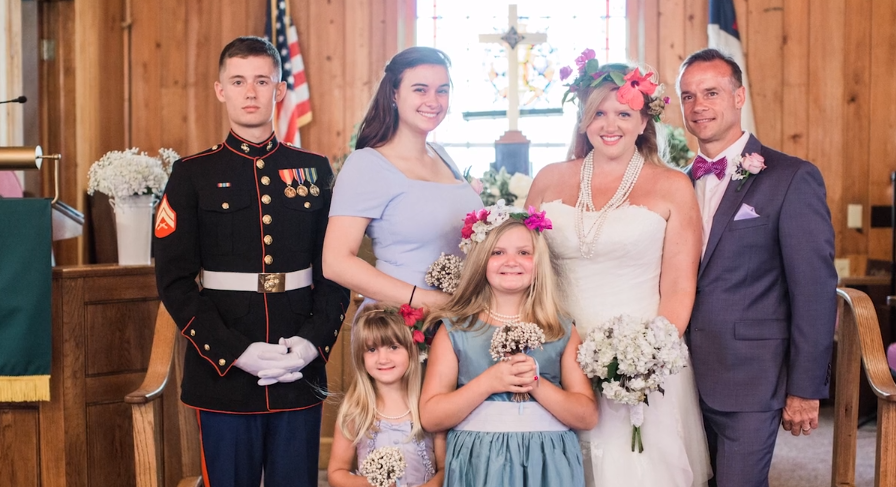
Further testing confirmed that Kelly had a basal cell carcinoma, a type of skin cancer that begins within the skin cells that produce new skin cells as old ones die off. Her doctors recommended Mohs surgery, a procedure during which the doctor removes and examines thin layers of cancer-contaminated skin until only cancer-free tissue remains.
“My doctor explained that the Mohs surgery was really the best option for me,” Kelly said. “It would guarantee that I would have no trace elements of the cancer. He set the expectation that I would come
in for day’s surgery, he would remove the cancer, and then hide the scar in my hairline. I felt pretty good about it.”
An Unexpected Turn
“On March 20, 2017, I went in for a very routine Mohs surgery,” said Kelly. “I was excited that it would be over soon and that I would be done with cancer.”
Unfortunately, Kelly’s cancer went much deeper into her scalp than her doctor anticipated.
“At each stage of the surgery, they take about a millimeter or two – about the thickness of a needle – from your scalp,” said Kelly. “Normally they only have to go one or two stages. We finished stage two, and the doctor came in and said, ‘I’m sorry, but we’re going to need to go again.’ So, we went back in for stage three. Then stage four and stage five. What was supposed to have been a two-hour procedure had taken from 8 a.m. to almost 5 o’clock at night.”
Finally, the doctor had removed all traces of Kelly’s cancer. But, because he’d had to cut so deeply into Kelly’s skull, he couldn’t close her wound properly. He transferred Kelly to the hospital to meet with a plastic surgeon.
“It scared the hell out of me,” said Tom.
Kelly’s plastic surgeon recommended a flap procedure, where he would lift healthy, living skin from a different part of her body and move it to cover her wound.
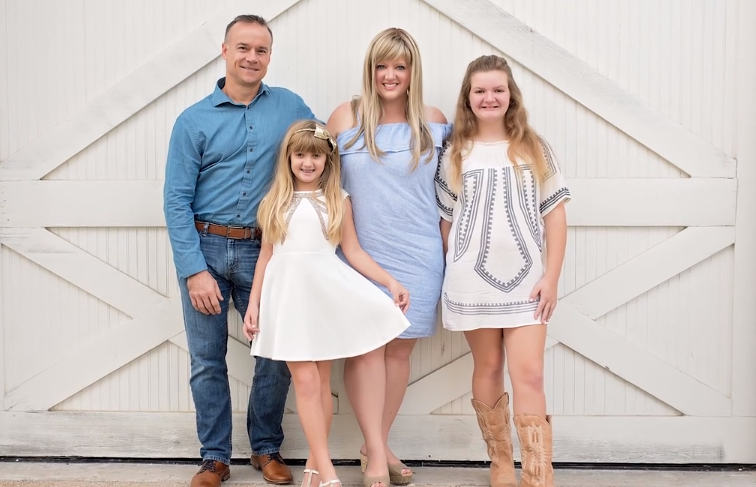
“The pro is that it’s a very common procedure,” said Kelly. “The con is that I probably wouldn’t grow hair in the area around my original wound. So I asked him if there were other options. That’s when he mentioned [an innovative medical technology].”
Kelly’s plastic surgeon described an innovative medical technology that can temporarily act as the epidermis for the skin while the body takes time to regenerate its own skin naturally. Once Kelly’s skin in the area of her wound had rebuilt some cellular structure, her plastic surgeon could perform a simple skin graft.
“I liked the idea,” said Kelly.
Kelly’s plastic surgeon placed the technology in the wound and scheduled a skin graft surgery for a few weeks later. All went well, but Kelly’s doctor reminded her that hair growth would happen slowly, and she would likely never grow hair at the source of her wound.
What happened next was a surprise to everyone.
A Miraculous Recovery
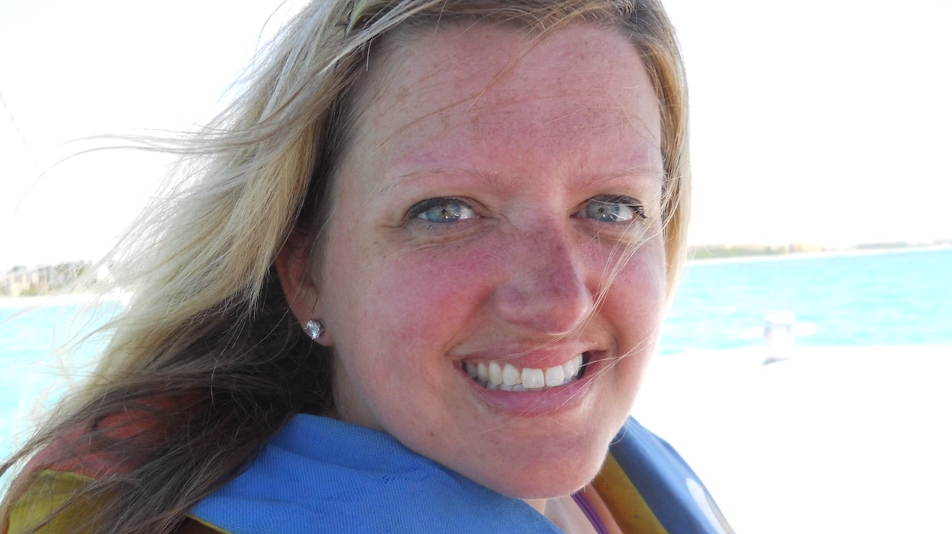
“It was just a couple of weeks after the grafting surgery,” said Tom. “Kelly’s scalp was healing, and we were cleaning the area, and we noticed some stubble.
“I didn’t want to believe it,” said Kelly. “I had been told I was going to be bald.”
Kelly went to see her plastic surgeon the next day. He confirmed that her hair was indeed growing back.
“I thought, ‘That’s awesome,’” said Kelly. “I’m only going to be bald in that original wound spot.”
“There was less than a 25 percent chance that it could happen,” said Tom. “It was very exciting to know that at least in that area, her hair was going to regrow.”
Then, Kelly and Tom received more good news.
“The doctor said, ‘No, I think there’s actually hair growing in the original wound,’” said Kelly. “He said it was really miraculous, because I shouldn’t have had any hair.”
Within a few more months, Kelly’s hair had grown longer and healthier. Today, her surgical site is completely covered over, and she is back to enjoying the things she loved to do.
“I’m back to everyday life, everyday things,” said Kelly. “I can coach again. I can be in the gym. I have no worries, and I’m cancer free.”
Kelly and Tom both credit the technology for Kelly’s outcome.
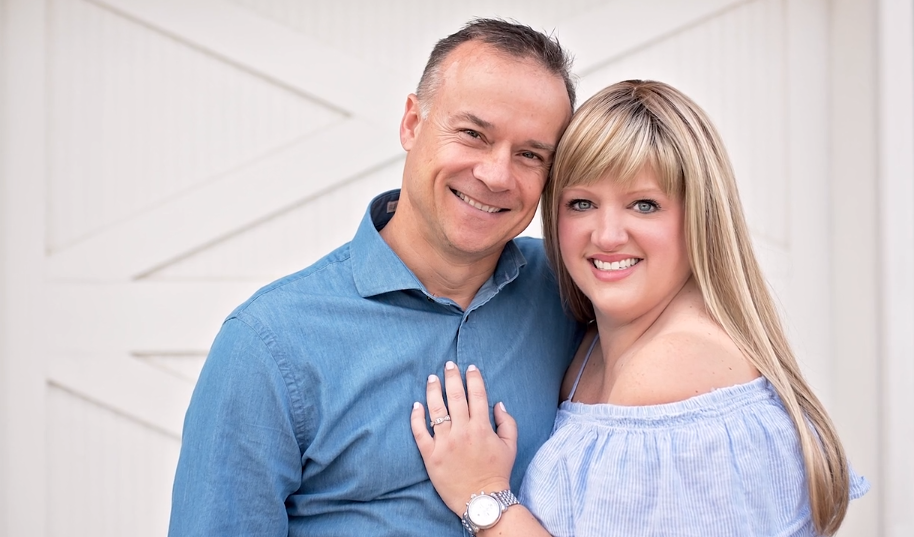
“Had it not been for [the technology], I don’t feel this would have gone nearly as well,” said Tom.
“It’s like the technology created a garden for my cells and my hair, and otherwise it could have been a desert,” said Kelly. “I’m forever grateful.”
Learn more about how medical technology is continually advancing wound care.